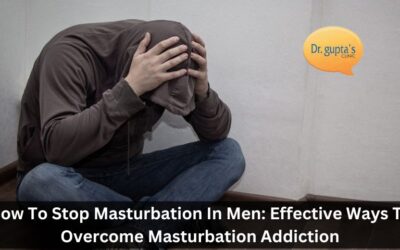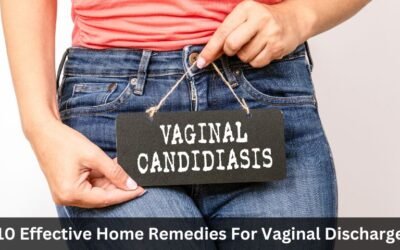Before we, talk about infertility or induction regime, let’s look at a case study.
Sunita was a twenty-eight years old homemaker cum office executive. She weighs around 64 kg, and occasionally her menstrual cycles are irregular. Sometimes, there is a delay of a week or so. Her USG report showed bilateral polycystic ovaries. Her husband, Manoj, had an average sperm count with sperm measuring around 60.5 million per cc and normal morphology. She had undergone assisted reproduction twice, but both times, it was unsuccessfully. The medical report clearly showed Sunita cannot produce ovum and thus cannot conceive.
What Is Bilateral Polycystic Ovary?
According to Dr Gupta’s, Polycystic Ovary Syndrome, or PCOS, is a condition that affects the hormone levels in a woman’s body. Women suffering from PCOS tend to have a higher-than-normal level of male hormones. This results in irregular periods, making it harder for them to get pregnant.
” We need to start an ovulation induction regime,” informed a Female Sexologist doctor. “Please tell us what it is? ” asked Sunita. ” The main objective of the treatment is to restore ovulation and fertility potential. We can do it either through medicine or injection. The doctor continued, “There are two types of regimes: step-up and step-down. So we shall start with a step-up regime” Sunita nodded.
What Is Ovulation Induction?
Ovulation induction is the process of ovulation stimulation with the help of medicines. It is a type of fertility treatment that increases the number of eggs produced. This, in turn, helps increase the chance of pregnancy. Women who have infrequent ovulation or who do not ovulate at all benefit the most by undergoing ovulation induction
” There are two types of oral pharmacological agents, one is clomiphene citrate, and the other is called aromatase inhibitor called anastrozole. If these oral medicines fail, then gonadotrophins get added to your treatment. There are two types of gonadotrophins, one which helps follicles to develop, which is known as FSH, and the other is used to facilitate ovulation, and they are called HCG. “
We will give the oral agent, an aromatase inhibitor, on the second day of the cycle and continue till day six, and from the seventh to ninth day, we will introduce FSH. When the follicles reach 18 mm or more after the twelfth day, we will push the HCG to facilitate the rupturing of follicles.
Conclusion
Sunita took this ovulation induction regime under an experienced sexologist doctor for three cycles. The treatment was successful, and she was able to conceive.
For more information, please visit the website.
Website: https://www.drguptas.com/
You can also contact us through mail on: drguptasclinic@gmail.com
Or can also call us on: +91 9831834215
Related Blogs
How To Stop Masturbation In Men: Effective Ways To Overcome Masturbation Addiction
Are you in the habit of masturbating a lot? If yes, then you are on the right page! Masturbation is a natural and healthy aspect of human sexuality, contributing to sexual pleasure and overall sexual well-being. However, when it becomes an uncontrollable masturbation...
10 Effective Home Remedies For Vaginal Discharge
Many women have white discharge, also known as leucorrhoea, which is an issue that usually affects young girls of school age. This discharge problem occurs at a certain time period of the menstrual cycle. Girls and women shouldn't worry because the amount of white...
PCOD Diet: Foods To Eat And Avoid
Many immature or partly developed eggs are released by the ovaries as a result of polycystic ovarian disease (PCOD), which leads to cyst formation. Reduced symptom severity is a primary goal of PCOD diet and therapy. Indications of PCOD include painful or irregular...




